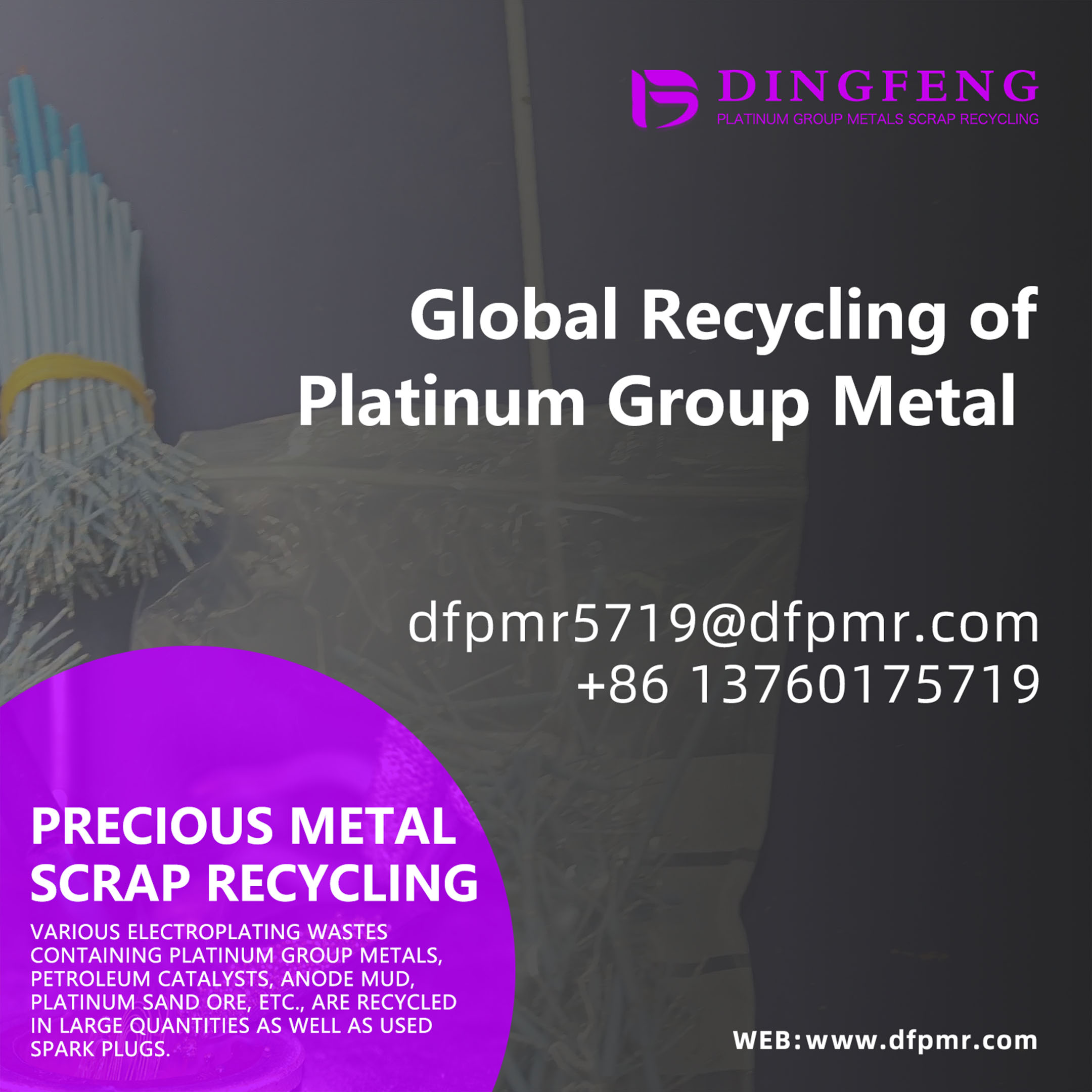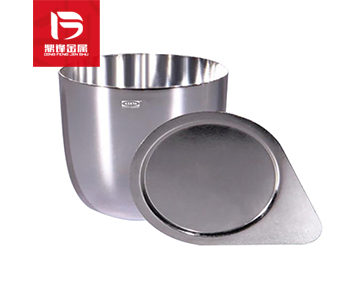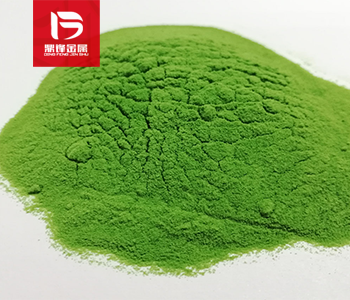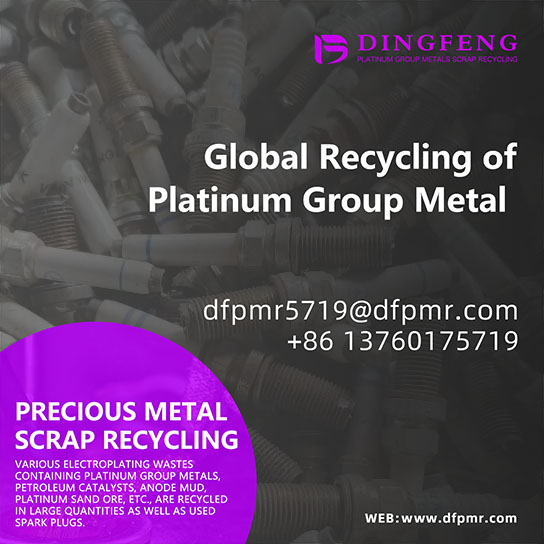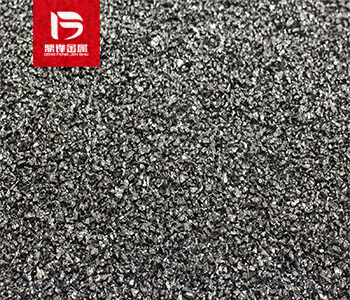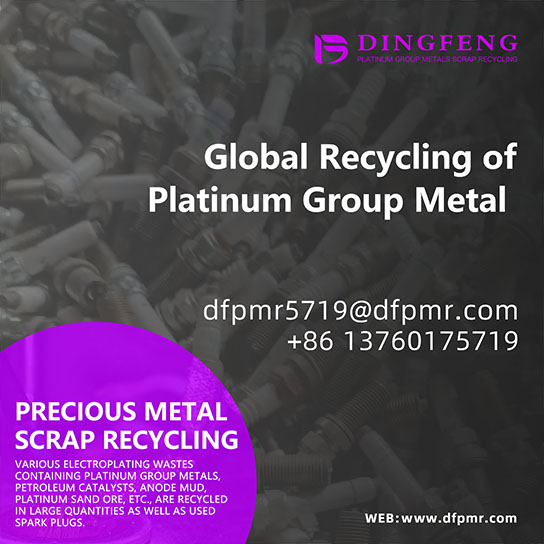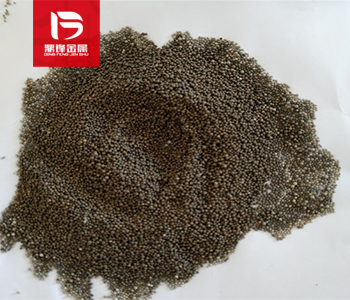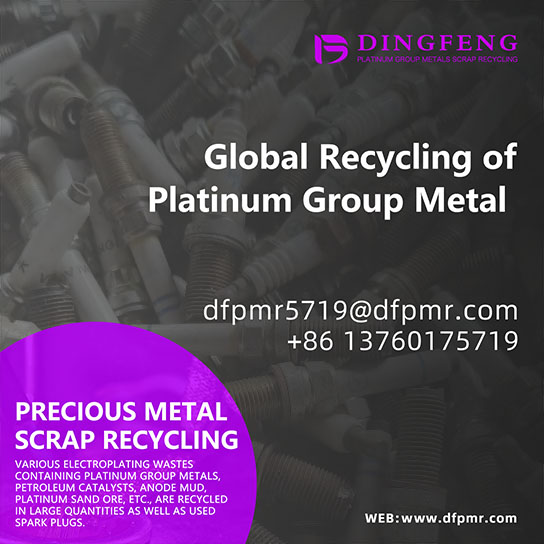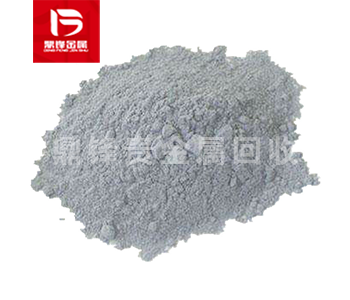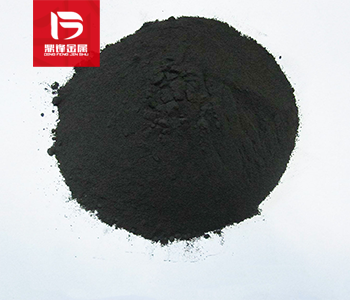Recycling Platinum from Thermocouples: Efficient Recovery for a Sustainable Future
and aerospace engineering. Given the high cost and limited natural availability of platinum, recycling platinum from thermocouples has become a critical process for both economic and environmental sustainability. The Role of Platinum in Thermocouples Thermocouples operate on the principle of the Seebeck effect, where two dissimilar metals generate a voltage when exposed to a temperature difference. Among various types, platinum-based thermocouples (types R, S, and B) are the most widely used for high-temperature environments, often reaching up to 1700°C. Platinum and its alloys with rhodium provide unmatched stability and accuracy, making them indispensable in industries that require precise temperature control. However, the continuous exposure of thermocouples to extreme temperatures gradually leads to degradation, contamination, or wear of the platinum components. Over time, these thermocouples must be replaced, generating a significant volume of platinum-rich scrap that holds immense recycling potential. The Recycling Process Recycling platinum from thermocouples involves several carefully designed steps to maximize recovery rates while ensuring the purity of the reclaimed metal: Collection and Sorting Used thermocouples are collected from industries such as metallurgy, chemical plants, and laboratories. They are sorted according to type, as different platinum-rhodium compositions may be present. Mechanical Separation Thermocouples often contain ceramic sheaths, wires, and insulation materials. These non-metallic components are separated through mechanical and thermal pre-treatment. Pre-Treatment and Cleaning The platinum wires are cleaned to remove oxides, carbon deposits, and other contaminants that may interfere with the refining process. Chemical or Electrolytic Refining The cleaned platinum material undergoes chemical leaching or electrolytic refining. Impurities are dissolved or separated, leaving behind highly pure platinum metal. Melting and Recovery The refined platinum is melted into ingots, granules, or sponge form. The recovered metal can then be reused directly in manufacturing new thermocouples or other high-value industrial components. Economic Benefits The cost of mining platinum is extremely high due to its rarity and low concentration in natural ores. Recycling platinum from thermocouples provides a much more economical source of supply. By reclaiming the platinum already in circulation, industries reduce their dependence on volatile global mining markets. For companies, this recycling process translates into: Reduced raw material costs by reclaiming platinum from used devices. Higher profitability through the resale of recovered platinum. Long-term resource security as industries retain a steady supply of essential metals. Environmental Advantages Platinum mining requires intensive energy and water consumption, in addition to producing significant carbon emissions. Recycling thermocouples directly supports environmental protection by: Reducing mining demand and preserving natural resources. Lowering greenhouse gas emissions associated with new extraction. Minimizing industrial waste, as thermocouples are fully recyclable when processed properly. Dingfeng Precious Metals: Professional Recycling Partner At Dingfeng Precious Metals, we specialize in the professional recycling of platinum from thermocouples. Our advanced refining technology ensures maximum recovery rates while maintaining the highest purity standards.
Product Details
Platinum is one of the most valuable precious metals used in industrial applications. Its exceptional resistance to heat, oxidation, and corrosion makes it an essential material in the manufacturing of thermocouples—devices that measure high temperatures in industries such as glassmaking, steel production, chemical processing, and aerospace engineering. Given the high cost and limited natural availability of platinum, recycling platinum from thermocouples has become a critical process for both economic and environmental sustainability.
The Role of Platinum in Thermocouples
Thermocouples operate on the principle of the Seebeck effect, where two dissimilar metals generate a voltage when exposed to a temperature difference. Among various types, platinum-based thermocouples (types R, S, and B) are the most widely used for high-temperature environments, often reaching up to 1700°C. Platinum and its alloys with rhodium provide unmatched stability and accuracy, making them indispensable in industries that require precise temperature control.
However, the continuous exposure of thermocouples to extreme temperatures gradually leads to degradation, contamination, or wear of the platinum components. Over time, these thermocouples must be replaced, generating a significant volume of platinum-rich scrap that holds immense recycling potential.
The Recycling Process
Recycling platinum from thermocouples involves several carefully designed steps to maximize recovery rates while ensuring the purity of the reclaimed metal:
Collection and Sorting
Used thermocouples are collected from industries such as metallurgy, chemical plants, and laboratories. They are sorted according to type, as different platinum-rhodium compositions may be present.Mechanical Separation
Thermocouples often contain ceramic sheaths, wires, and insulation materials. These non-metallic components are separated through mechanical and thermal pre-treatment.Pre-Treatment and Cleaning
The platinum wires are cleaned to remove oxides, carbon deposits, and other contaminants that may interfere with the refining process.Chemical or Electrolytic Refining
The cleaned platinum material undergoes chemical leaching or electrolytic refining. Impurities are dissolved or separated, leaving behind highly pure platinum metal.Melting and Recovery
The refined platinum is melted into ingots, granules, or sponge form. The recovered metal can then be reused directly in manufacturing new thermocouples or other high-value industrial components.
Economic Benefits
The cost of mining platinum is extremely high due to its rarity and low concentration in natural ores. Recycling platinum from thermocouples provides a much more economical source of supply. By reclaiming the platinum already in circulation, industries reduce their dependence on volatile global mining markets.
For companies, this recycling process translates into:
Reduced raw material costs by reclaiming platinum from used devices.
Higher profitability through the resale of recovered platinum.
Long-term resource security as industries retain a steady supply of essential metals.
Environmental Advantages
Platinum mining requires intensive energy and water consumption, in addition to producing significant carbon emissions. Recycling thermocouples directly supports environmental protection by:
Reducing mining demand and preserving natural resources.
Lowering greenhouse gas emissions associated with new extraction.
Minimizing industrial waste, as thermocouples are fully recyclable when processed properly.
Dingfeng Precious Metals: Professional Recycling Partner
At Dingfeng Precious Metals, we specialize in the professional recycling of platinum from thermocouples. Our advanced refining technology ensures maximum recovery rates while maintaining the highest purity standards. Whether dealing with small batches or bulk quantities, we provide:
Accurate material testing and analysis.
Transparent and fair settlement based on recovered platinum content.
Secure logistics and global service coverage.
By partnering with Dingfeng Precious Metals, industries can unlock the hidden value in used thermocouples while contributing to a more sustainable and circular economy.
Recycling platinum from thermocouples is more than just a cost-saving strategy—it is an essential step toward sustainable resource management. As demand for platinum continues to rise across industrial and technological sectors, efficient recovery from secondary sources like thermocouples ensures that this critical metal remains available for the future. Companies that adopt responsible recycling practices not only strengthen their financial performance but also demonstrate their commitment to environmental stewardship.


